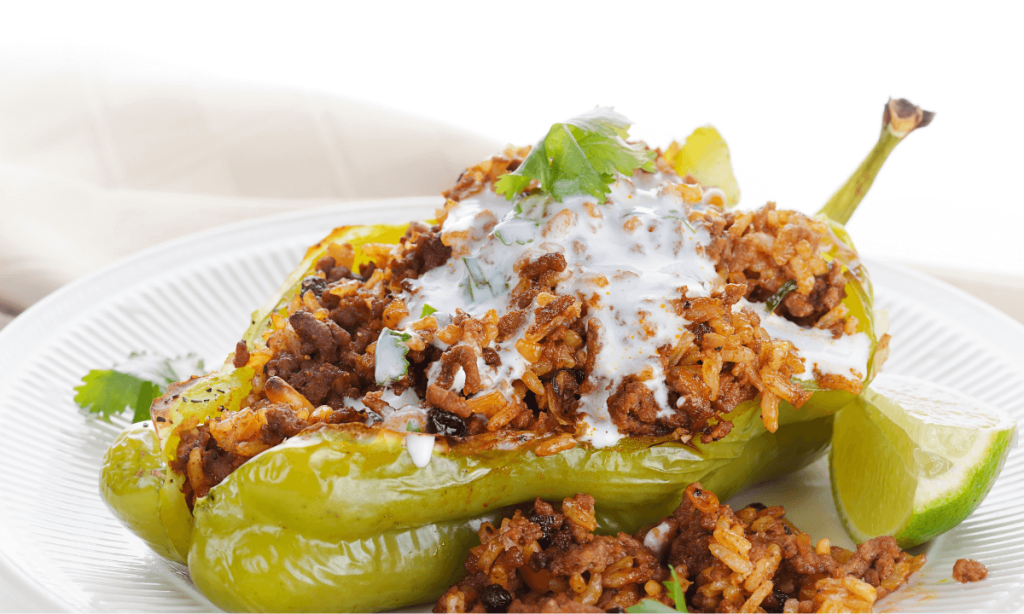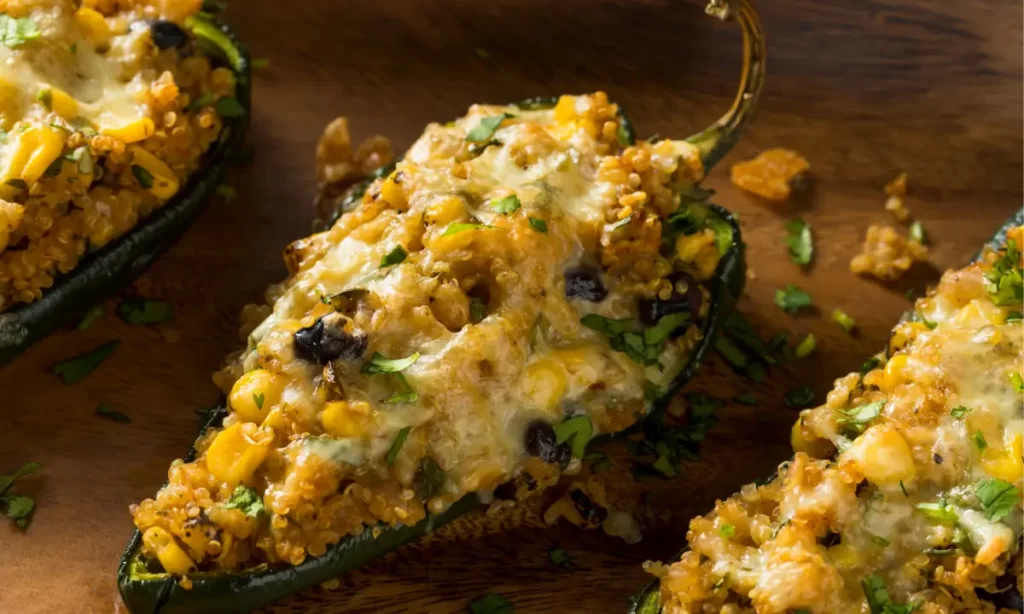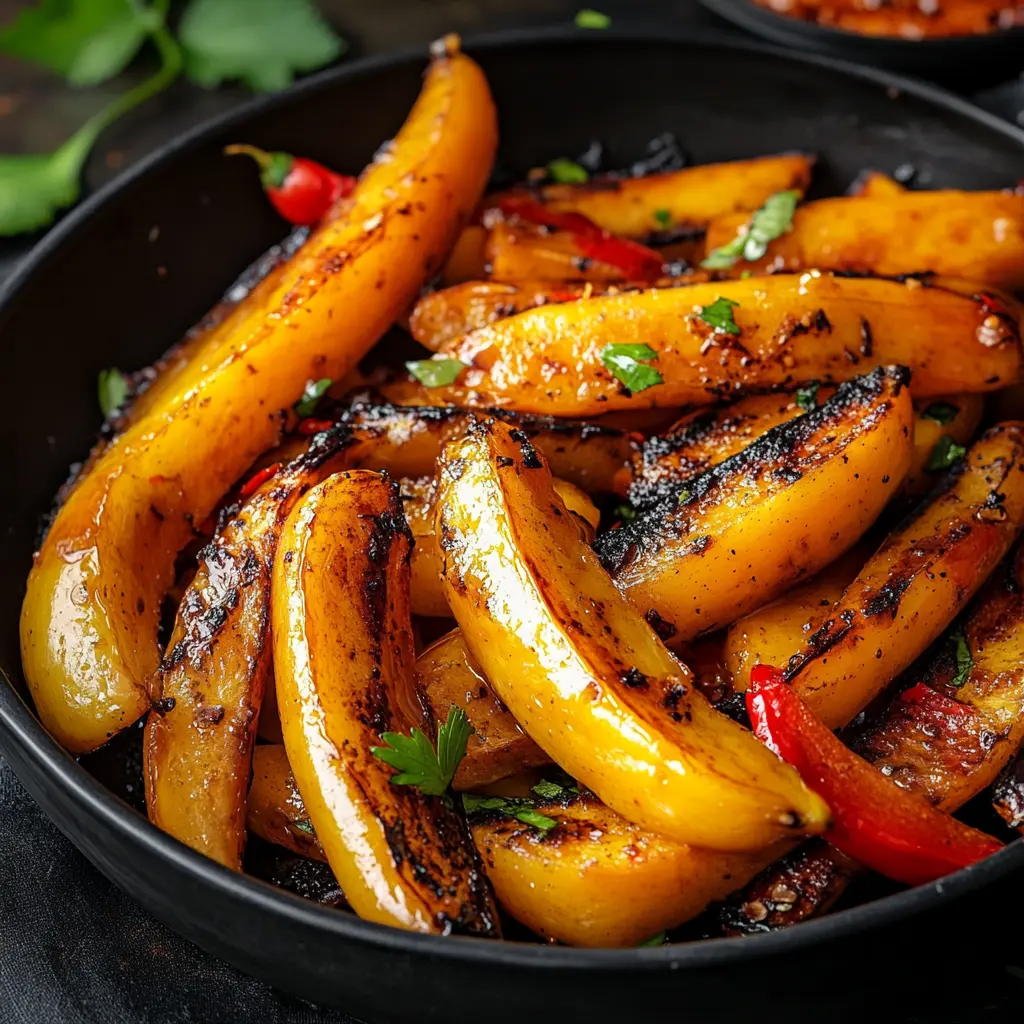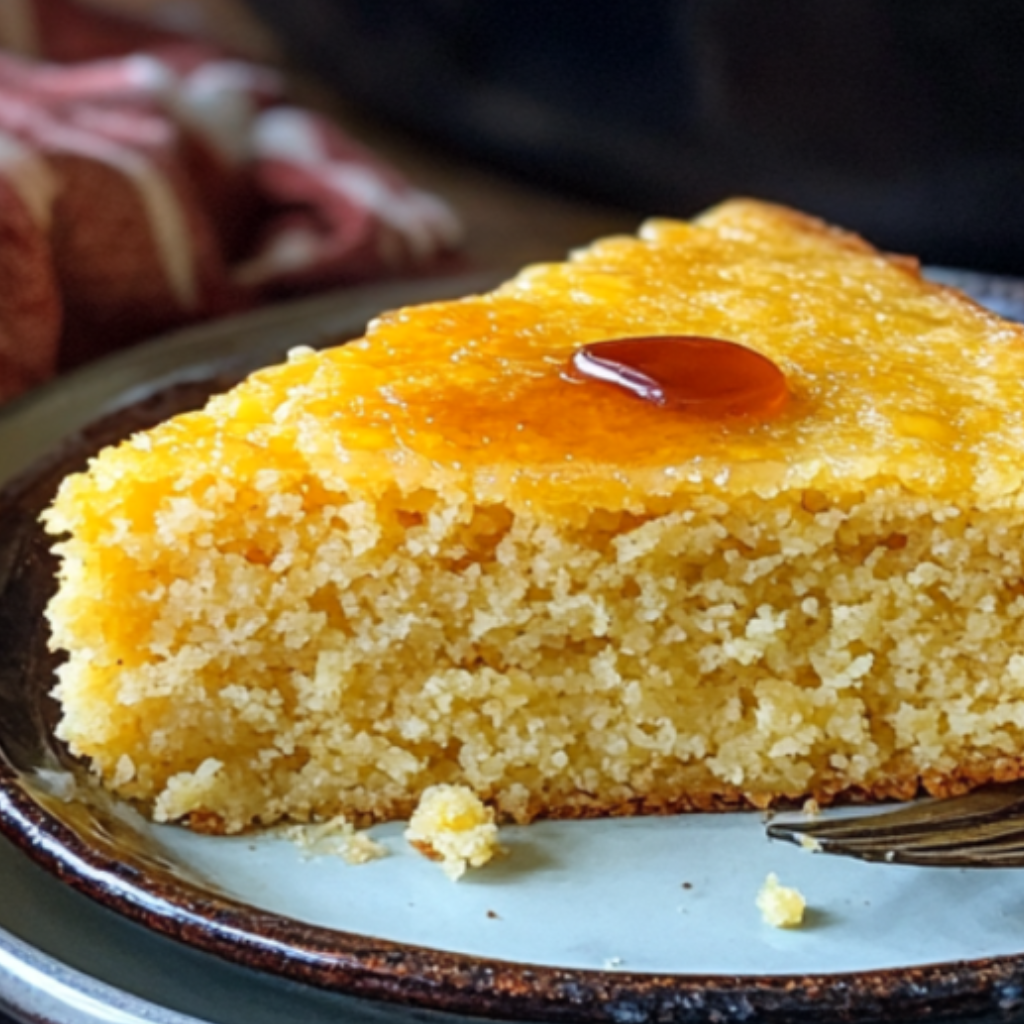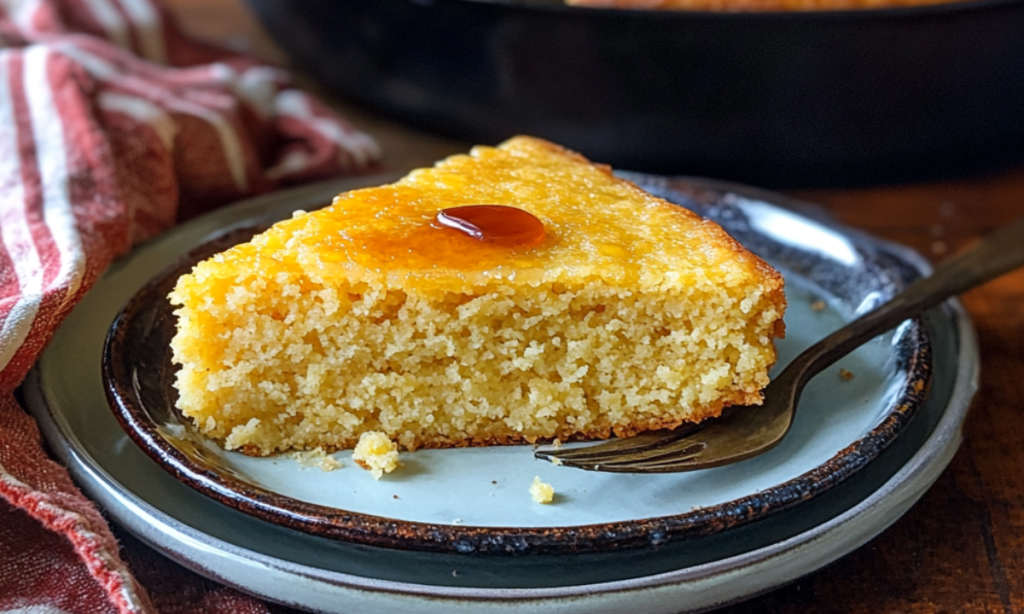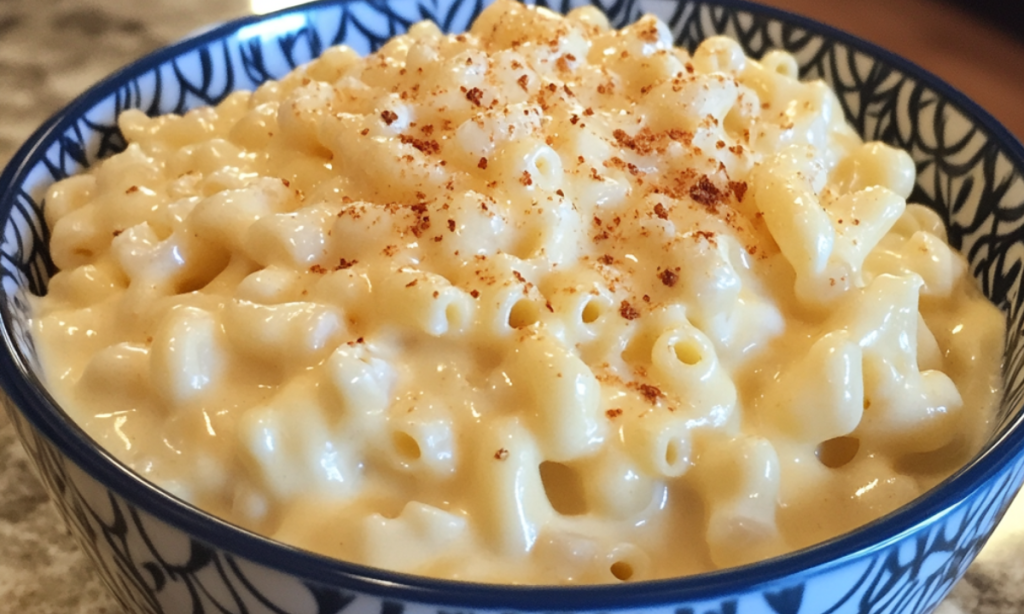Introduction to Poblano Peppers
Delving into the world of Mexican Poblano Dishes reveals a culinary treasure that is both versatile and flavorful. Poblano peppers, native to the Puebla region of Mexico, are a cornerstone in many traditional Mexican recipes, offering a unique combination of mild heat and a rich, earthy flavor profile. Their adaptability in a range of Poblano Cooking Ideas, from roasting and stuffing to inclusion in stews and sauces, makes them a favorite in both home kitchens and professional culinary settings.
Renowned for their distinctive dark green color and heart-shaped appearance, poblano peppers have a heat level that is approachable even for those with a milder palate, typically ranging between 1,000 to 2,500 on the Scoville Heat Scale. This mild spiciness, coupled with their unique flavor, allows them to add a subtle yet significant depth to a variety of dishes without overwhelming other ingredients.
Whether you’re exploring Stuffed Poblano Recipes, savoring the smoky notes of Roasted Poblano Meals, or integrating them into vegetarian dishes, poblano peppers offer a world of culinary possibilities. Their presence in Mexican cuisine is not just about taste; it’s a celebration of cultural heritage and culinary innovation. As a staple in Poblano Cuisine, these peppers are a testament to the rich, diverse flavors that Mexican cooking has to offer.
Brief history of Mexican Poblano Dishes
The Poblano pepper has a rich history and origin deeply entrenched in Mexico’s culinary landscape, particularly from the Puebla region. Cultivators in the region, dating back as far as 800 B.C., first grew this pepper, with the city of Cholula in Puebla likely being its birthplace.
The pepper’s name, “Poblano,” directly stems from its Puebla origins, highlighting the strong bond between the pepper and its native region. This bond also resonates in the local culture, as residents of Puebla proudly identify themselves as “Poblanos.”
Selecting and Preparing Poblano Peppers
Selecting and preparing poblano peppers involves a few simple steps:
- Selecting Poblano Peppers: Look for poblano peppers that are firm, glossy, and deep green in color. They should feel heavy for their size and have smooth, unblemished skin. Avoid peppers with soft spots or wrinkles.
- Washing: Rinse the peppers under cold running water to remove any dirt or debris. Pat them dry with a paper towel.
- Roasting (Optional): If you desire a smoky flavor, you can roast poblano peppers. Place them on a baking sheet and broil in the oven, turning occasionally, until the skin is charred and blistered. Alternatively, you can roast them over an open flame on a gas stove, using tongs to turn them frequently.
- Peeling (After Roasting): Once roasted, place the peppers in a plastic bag or covered bowl for about 10 minutes. The steam will help loosen the skin. After steaming, gently peel off the skin. It’s okay if some bits of charred skin remain, as they add flavor.
- Removing Seeds and Stems: Cut a slit down one side of the pepper. Open it up and scrape out the seeds and any white membranes. The stems can be cut off with a knife.
- Slicing or Stuffing: Poblano peppers can be sliced for use in recipes like fajitas, or left whole for stuffing. For stuffing, carefully remove the seeds and membranes without tearing the pepper, leaving the stem intact for presentation.
- Cooking: Poblano peppers can be used in a variety of dishes. They can be stuffed and baked, chopped and added to soups and stews, or sliced for use in tacos and salads.
Remember, poblano peppers have a mild to medium heat level, but this can vary. Washing your hands after handling them is recommended to avoid any irritation from the capsaicin.
Diverse Poblano Pepper Recipes
Poblano are incredibly versatile and can be used in a variety of recipes, showcasing their mild to medium heat and rich flavor. Here are some diverse recipes that feature poblano peppers:
Stuffed Poblano Peppers: A classic Mexican dish. Roast the peppers, peel off the skin, and remove the seeds. Stuff them with a mixture of cooked rice, black beans, corn, cheese, and spices. Top with more cheese and bake until bubbly.
Poblano Cream Sauce: Roast and peel poblano peppers, then blend them with cream, garlic, and onion for a smooth, spicy sauce. It’s excellent over chicken, pasta, or vegetables.
Poblano Pepper Soup: Sauté diced onions, garlic, and chopped poblano peppers. Add chicken or vegetable broth, diced tomatoes, and seasonings. Puree for a smooth soup or leave it chunky. Serve with a dollop of sour cream and cilantro.
Poblano and Corn Tacos: Sauté sliced poblano peppers and corn kernels with onion and garlic. Serve in warm tortillas with avocado slices, fresh cilantro, and a squeeze of lime juice.
Poblano Pepper and Potato Gratin: Layer thinly sliced potatoes, roasted poblano peppers, and cheese in a baking dish. Pour over a mixture of cream, garlic, and thyme, then bake until golden and bubbly.
Poblano Chicken Enchiladas: Cook and shred chicken breast. Mix with sautéed poblano peppers, onions, and cheese. Roll the mixture in corn tortillas, place in a baking dish, cover with enchilada sauce and cheese, and bake.
Roasted Poblano and Corn Salad: Roast poblano pepper and mix them with grilled corn, chopped tomatoes, black beans, and a lime-cilantro vinaigrette. It makes a great side dish or light lunch.
Poblano Peppers in International Cuisine
Poblano peppers, with their mild heat and full-bodied flavor, have found their way into various international cuisines, lending their unique character to an array of dishes. Here’s a look at how poblano peppers are used in different culinary traditions:
- Mexican Cuisine:
- Chiles Rellenos: One of the most famous Mexican dishes featuring poblano peppers, where they are stuffed with cheese or meat, battered, and fried.
- Mole Sauces: they are often used in different types of mole sauces, contributing to their complex flavors.
- Rajas con Crema: A dish made with sliced poblano peppers, cream, and cheese, often served as a side dish or taco filling.
- American (Southwestern) Cuisine:
- Poblano Corn Chowder: A creamy soup featuring poblano peppers and corn, popular in Southwestern U.S. cuisine.
- Stuffed Poblanos: Similar to chiles rellenos, but often baked and filled with a variety of ingredients, including rice, beans, and vegetables.
- Spanish Cuisine:
- Pimientos Rellenos: Inspired by the Mexican chiles rellenos, this Spanish dish uses poblano peppers stuffed with a mix of meats and spices, showcasing the fusion of flavors.
- Indian Cuisine:
- Poblano Curry: An innovative fusion dish where roasted poblano peppers are incorporated into a traditional Indian curry, adding a unique twist.
- Italian Cuisine:
- Poblano Pepper Risotto: A creative take on the classic risotto, using poblano peppers to add a mild heat and rich flavor.
- Asian Fusion:
- Stir-Fried Poblanos: Poblano peppers can be used in stir-fries, blending beautifully with soy sauce, ginger, and garlic for an East-meets-West dish.
- Middle Eastern Cuisine:
- Poblano Shakshuka: A variation of the classic shakshuka, using poblano peppers for a distinct flavor in the tomato and pepper sauce.
- Caribbean Cuisine:
- Poblano and Pineapple Salsa: Combining poblano peppers with pineapple for a sweet and spicy salsa, often served with grilled meats or fish.
Health Benefits and Nutritional Value
Poblano peppers, like many chili peppers, offer a range of health benefits and are rich in various nutrients:
- Vitamins and Minerals:
- Vitamin C: Poblano peppers are an excellent source of Vitamin C, essential for immune system function and skin health.
- Vitamin A: They contain Vitamin A, which is important for vision health, immune function, and skin integrity.
- Vitamin B6: This vitamin plays a role in energy metabolism and neurotransmitter synthesis.
- Potassium: Important for maintaining healthy blood pressure and proper muscle function.
- Iron: Necessary for the formation of hemoglobin, which carries oxygen in the blood.
- Dietary Fiber:
- Poblano peppers are a good source of dietary fiber, which aids in digestion and helps maintain a healthy digestive tract. Fiber can also contribute to a feeling of fullness, which can be helpful for weight management.
- Antioxidants:
- These peppers contain antioxidants like beta-carotene, zeaxanthin, and lutein, which help protect cells from damage caused by free radicals. These antioxidants are also known for their role in maintaining eye health.
- Low in Calories:
- Poblano peppers are low in calories, making them a great addition to a diet for those looking to manage their weight without sacrificing flavor.
- Heart Health:
- The combination of fiber, potassium, and Vitamin C in poblano peppers can contribute to cardiovascular health. Potassium, in particular, helps manage blood pressure levels.
- Cancer Prevention:
- While more research is needed, the antioxidants and other compounds found in poblano peppers may contribute to a reduced risk of certain types of cancer.
It’s important to note that while poblano peppers offer these health benefits, they should be consumed as part of a balanced diet. Also, individuals with specific health conditions or dietary restrictions should consult with a healthcare provider before making significant changes to their diet.
FAQs About Poblano Peppers
1. How spicy are poblano peppers?
- Poblano peppers are considered mild to medium in terms of heat. On the Scoville Heat Scale, they typically range between 1,000 to 2,500 Scoville Heat Units (SHU), which is milder than jalapeños but can still offer a noticeable warmth.
2. Can you eat poblano peppers raw?
- Yes, you can. They are often used in salads and salsas, providing a crunchy texture and a mild, slightly earthy flavor.
3. What are some vegetarian recipes with poblano peppers?
- Vegetarian recipes include:
- Stuffed poblanos with a filling of beans, cheese, and vegetables.
- Poblano pepper and corn quesadillas.
- Creamy roasted poblano soup.
- Poblano pepper and black bean tacos.
- Poblano pepper slices in salads or as a topping for vegetarian pizzas. These recipes highlight the pepper’s versatility and ability to add depth to vegetarian dishes.
5. How do you roast pono peppers?
- To roast poblano peppers:
- Place them over an open flame, under a broiler, or in an oven at high heat.
- Turn them occasionally until the skin is charred and blistered.
- Once charred, place them in a bowl and cover to steam for a few minutes.
- After steaming, peel off the blistered skin. The peppers can then be used as desired in recipes.
7. Can poblano peppers be substituted in recipes?
- Yes, poblano peppers can be substituted with other peppers depending on the desired flavor and heat level.
8. How do you store poblano peppers?
- Keep them unwashed in the refrigerator’s crisper drawer where they can stay fresh for about a week to 10 days.
- They can also be stored in the freezer, either raw or cooked, whole or chopped.
- Roasted and peeled poblanos can be preserved by canning or freezing in airtight containers.
Conclusion
In conclusion, poblano peppers offer a unique and versatile addition to a wide array of culinary dishes. Originating from the Puebla region in Mexico, these mild-to-medium heat peppers have found their way into kitchens around the world, celebrated for their rich flavor and adaptability in both vegetarian and non-vegetarian recipes. From roasting and stuffing to incorporating into soups, stews, and sauces, poblanos enhance dishes with their subtle heat and earthy tones. Additionally, their nutritional benefits, including vitamins A, C, and B2, make them a healthy choice for various diets. Whether you’re a seasoned chef or a home cook, exploring the diverse uses of poblano peppers can add depth and flavor to your culinary creations.


